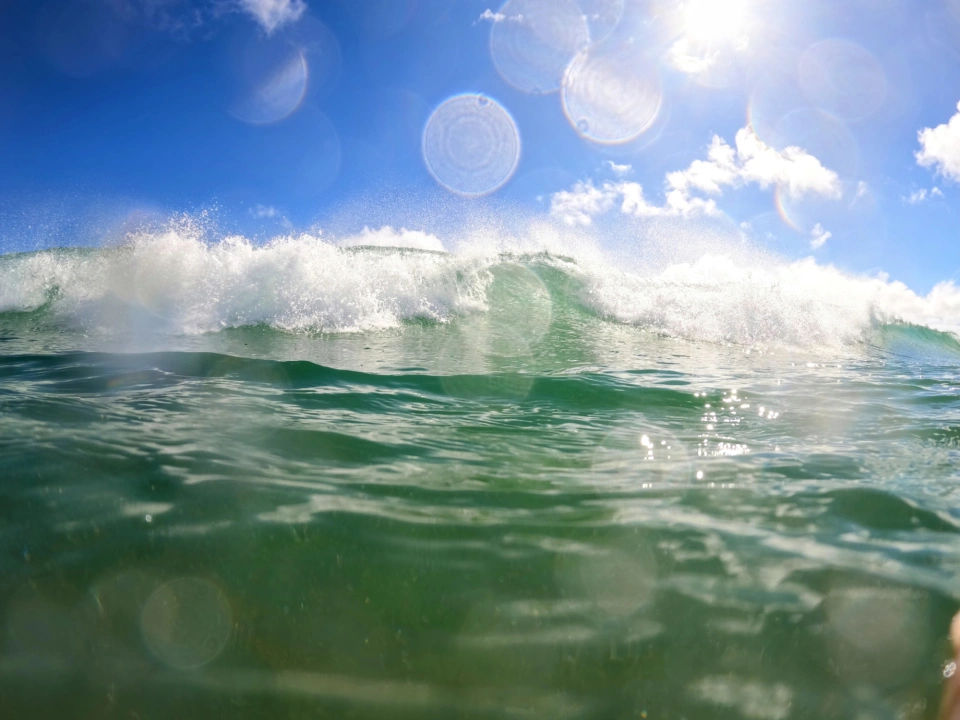
The story of the ocean: a young ceramicists perspective
For Hannah, year 12 student and a regular visitor to Bruny Island, a childhood spent in and around the ocean has left a big impression. This connectio...
Read more
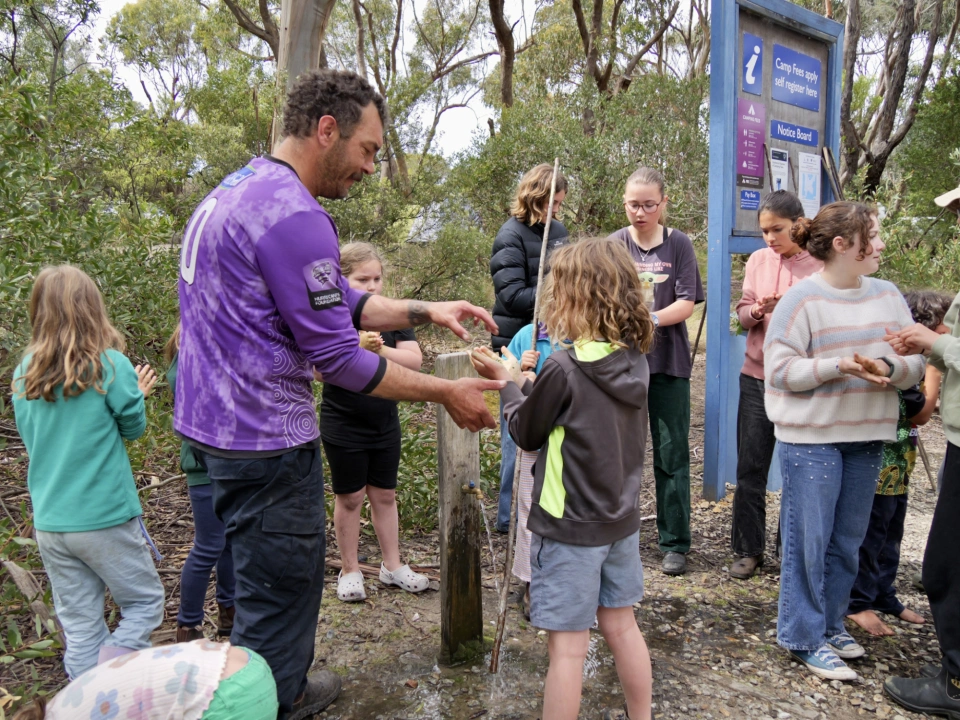
Connection to Country with Danny Gardner
"When we have these workshops, these kids become our allies. And doing this, it helps close the gap. It helps people have a better understanding of Ab...
Read more
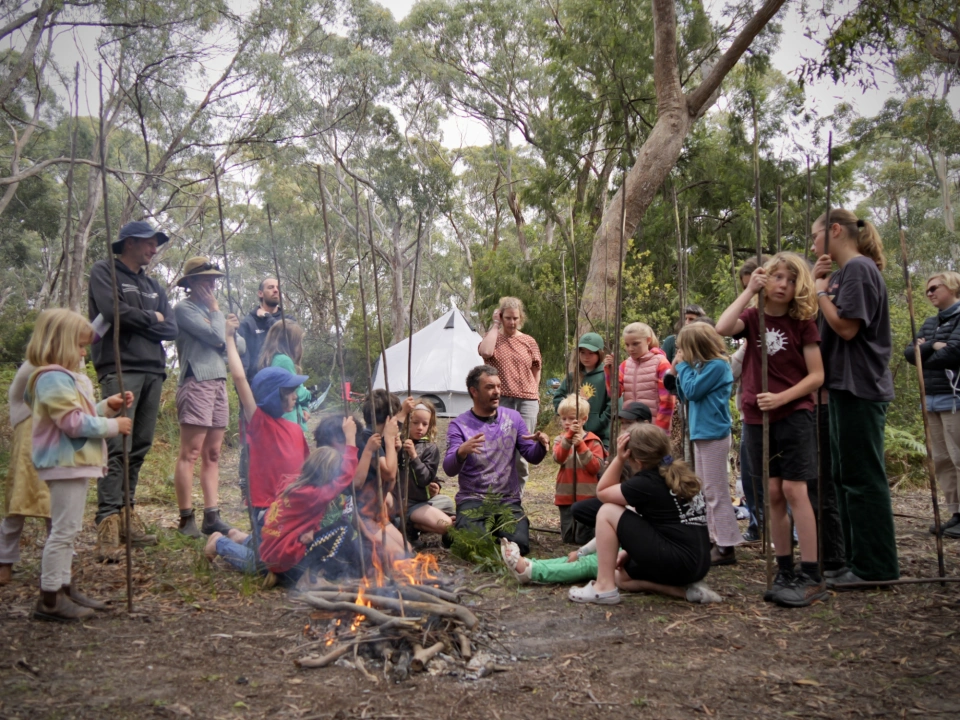
Palawa Cultural Workshop: Danny Gardner & Cloudy Bay Supergroms
A new short film by Claire Gorman captures the curiosity of the Bruny Island Supergroms as they discover and learn about connecting to the country wit...
Read more
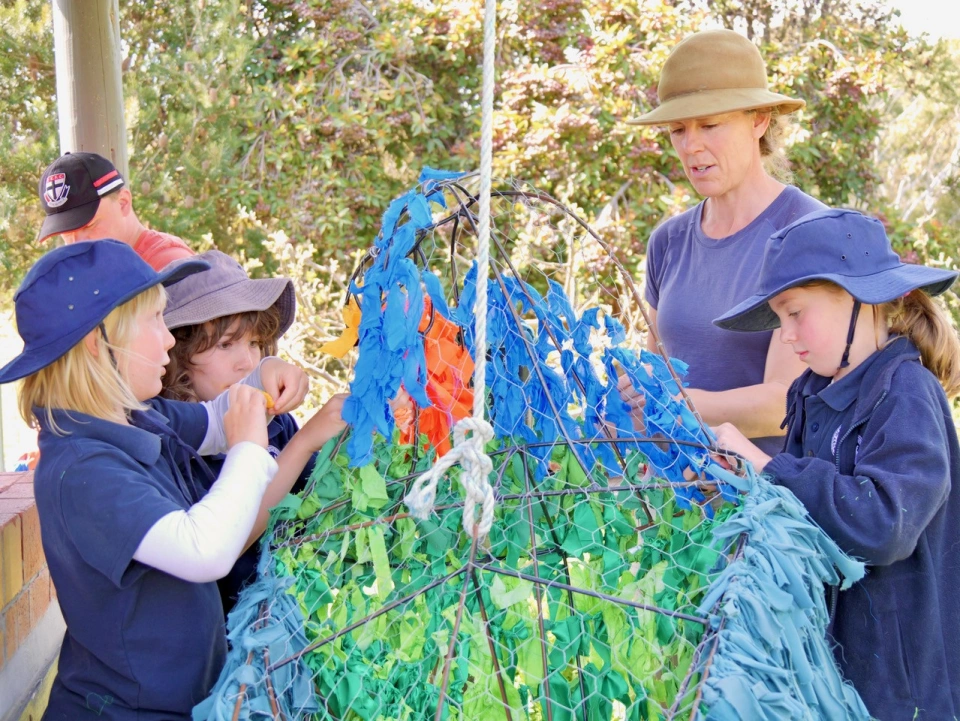
Slowing down for the Swifties
After learning about the plight of the critically endangered Swift Parrot through classroom research and an excursion to Inala, the children of Bruny ...
Read more
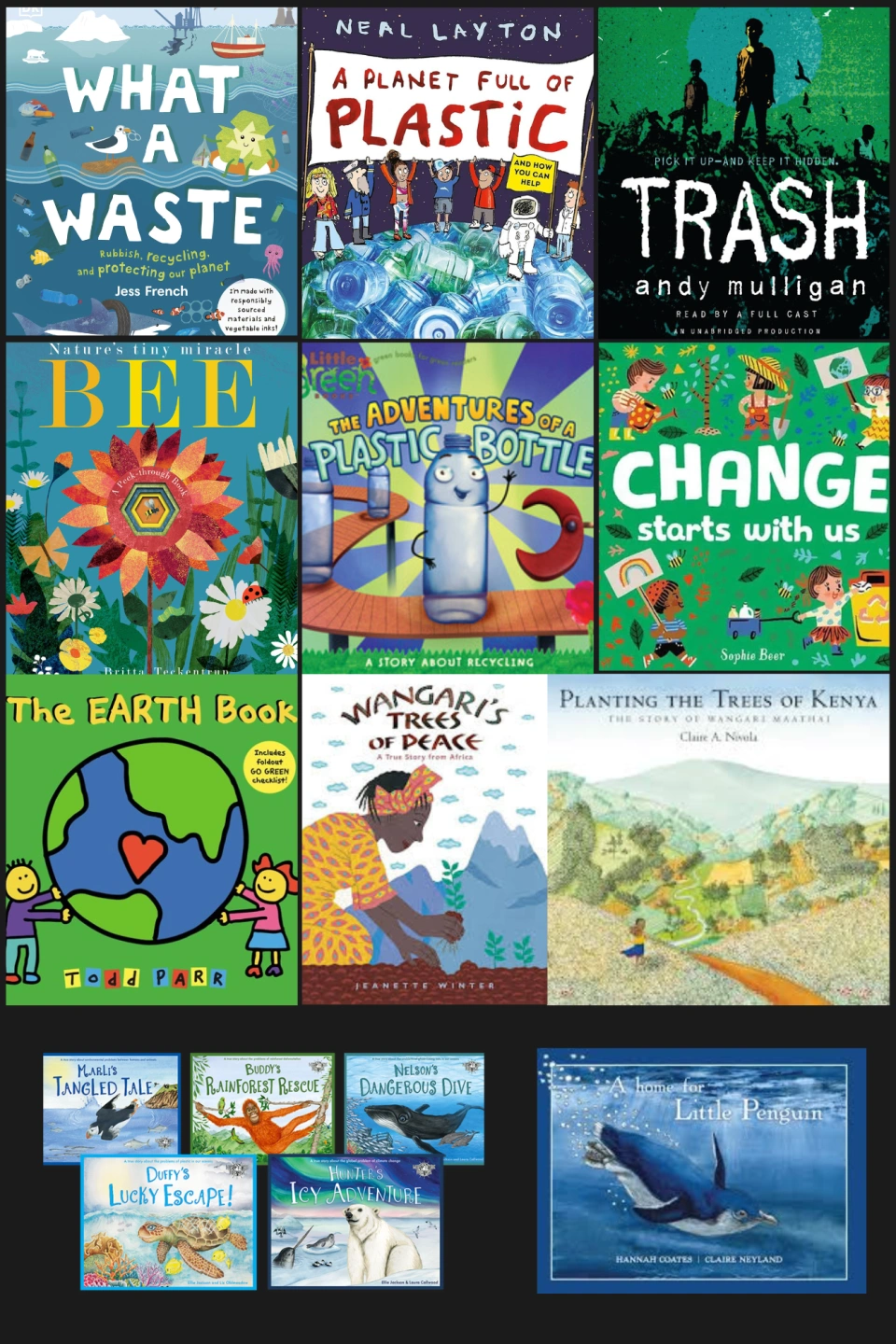
Open a book, step into nature
From picture books to hands-on resources, inspire children to learn, explore, and fall in love with nature with this collection of resources
Read more
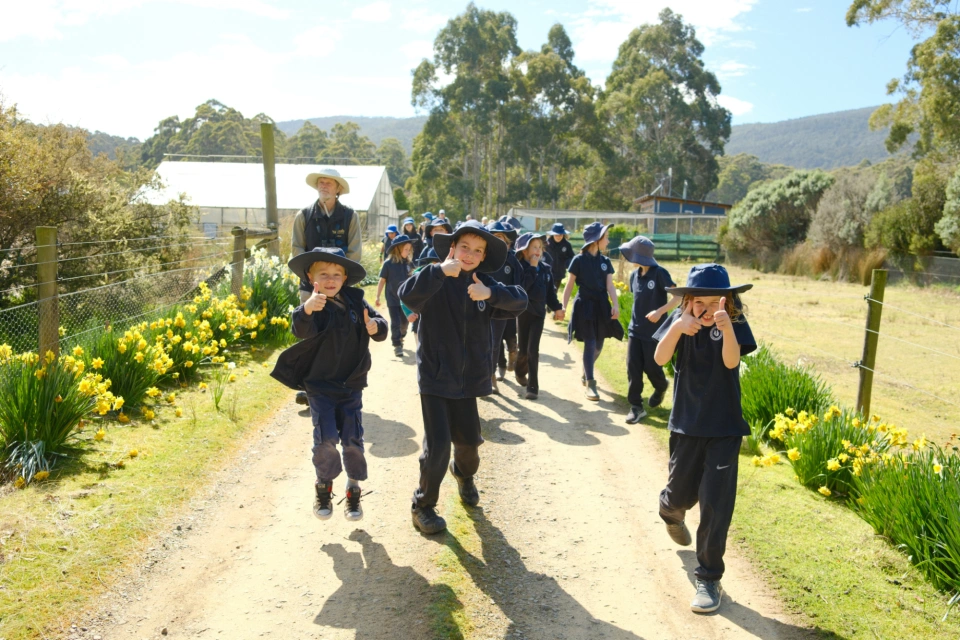
Creating critter card games to learn about Swift Parrots
Creating critter card games to learn about Swift Parrots.The birds of Bruny Island have long been a relevant launching pad for teaching the young chil...
Read more
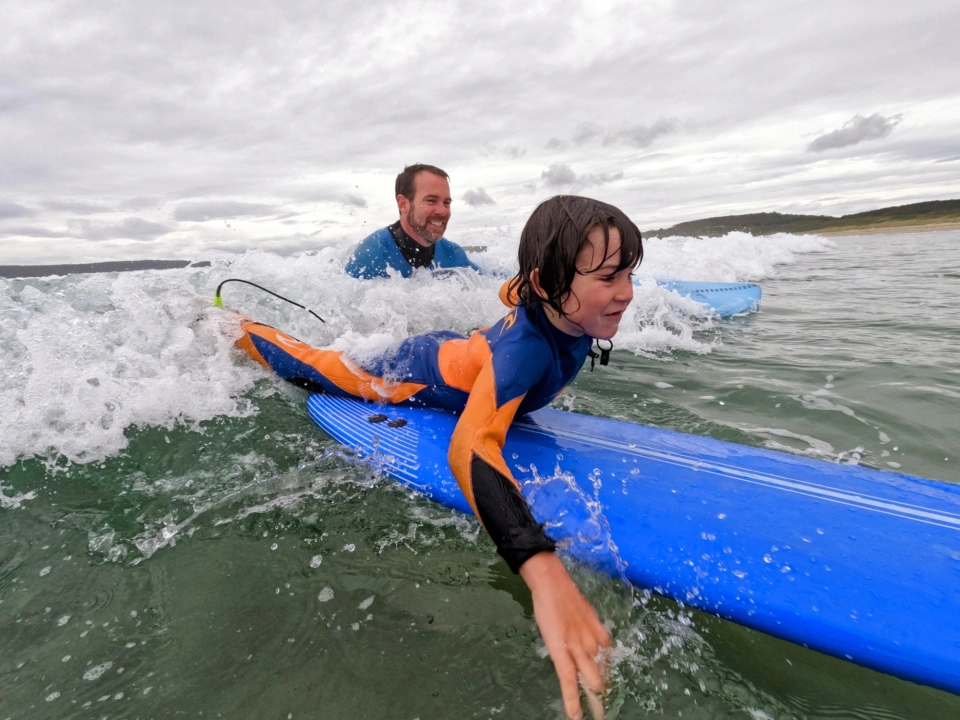
Cloudy Bay Supergroms-sharing a love of oceans
Watching a child play in the waves is a window into their world of unbridled joy. Time stops as we see them marvel at this most elemental of things. ...
Read more
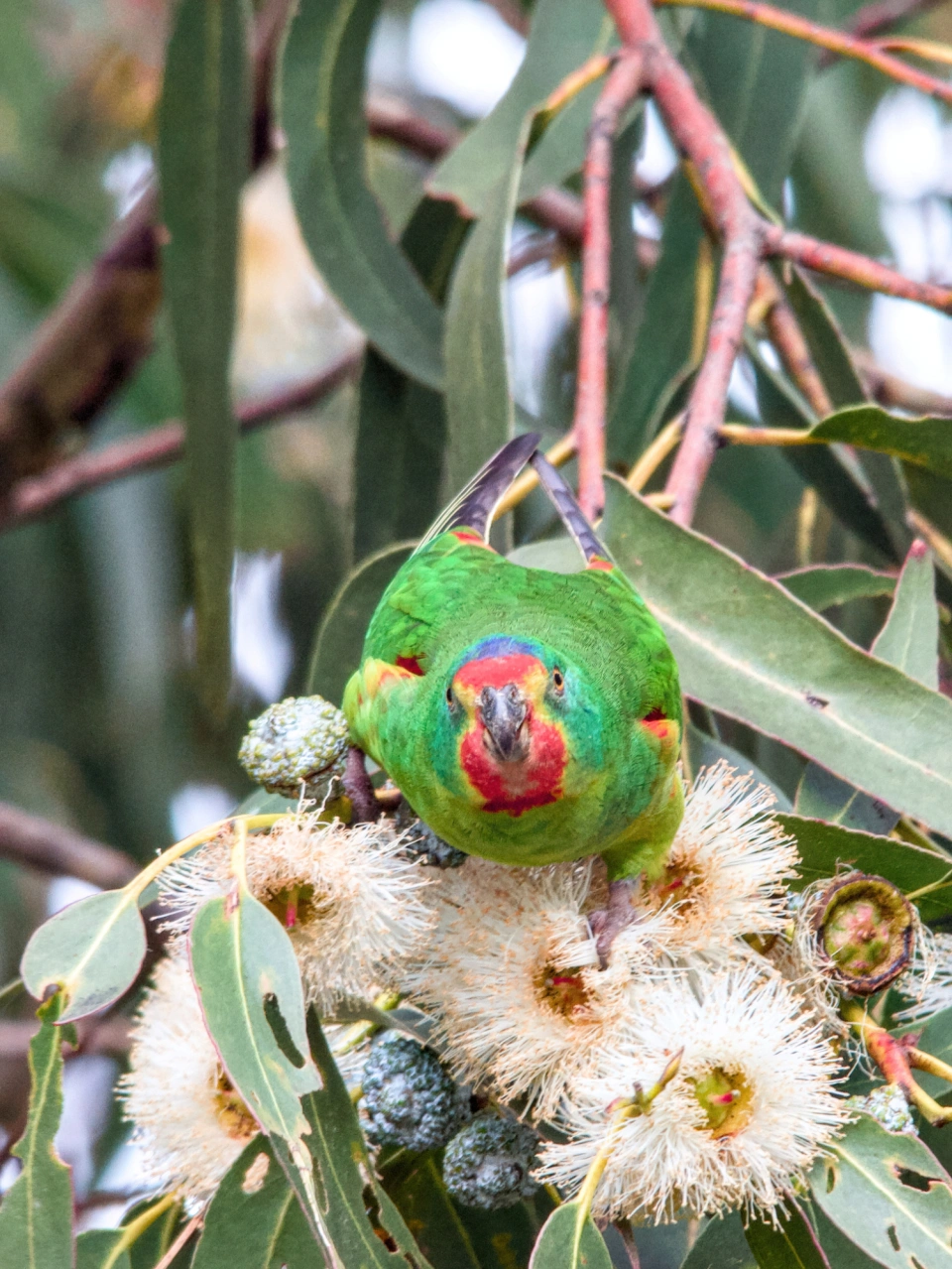
A testament to the power of community conservation
What began as a simple errand—collecting a donated table saw for the Bruny Island Mens Shed—unfolded into an unexpected afternoon of wonder, a testame...
Read more
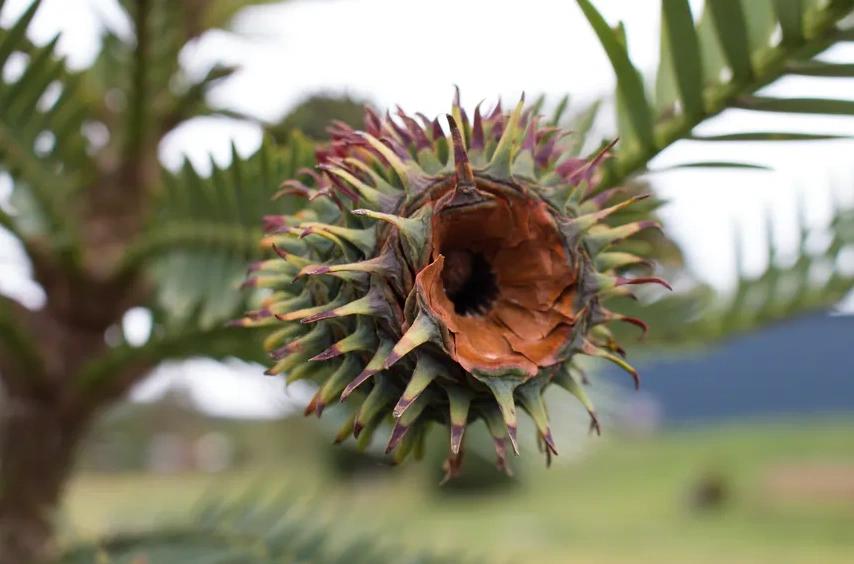
Saving the Wollemi Pine
The Wollemi pine is classified as critically endangered, and it's legally protected in Australia. Image: Wollemia nobailis at Inala Jurrasic Garden
Read more
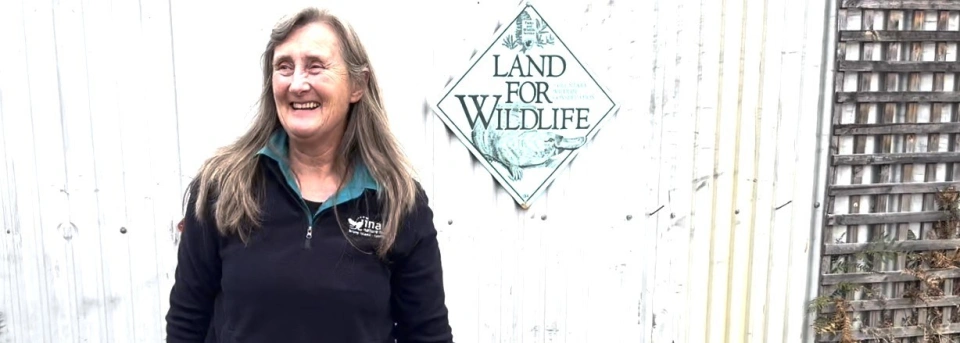
Balancing tourism with sustainability
"Tourism is a two-edged sword, if you get a lot of people coming to a place because it's so amazing, there’s a risk that they’ll love it to death. So...
Read more
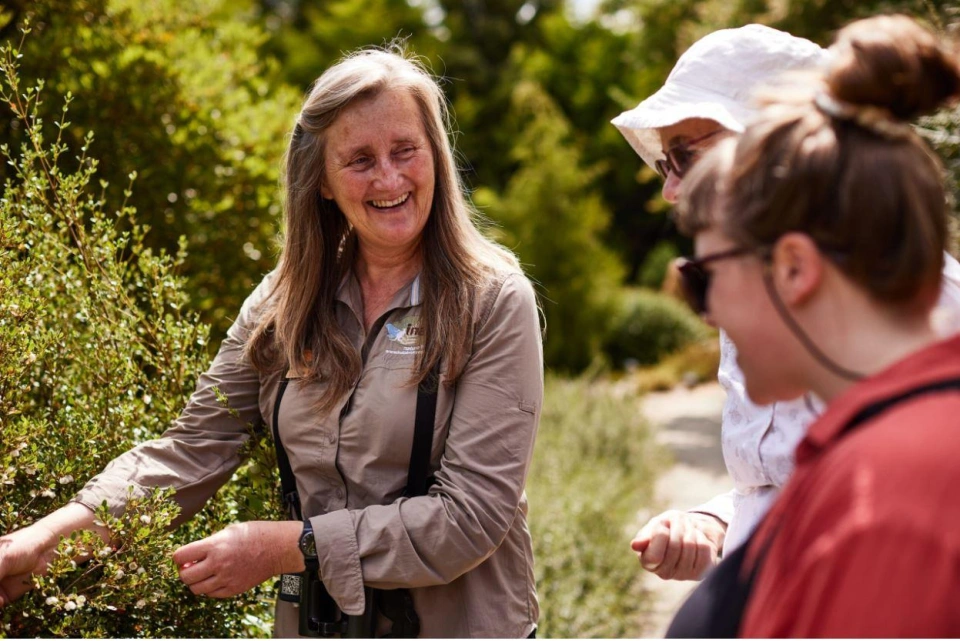
Cup half full
"It doesn't take much sometimes to do little things that may have big consequences in a positive way", says Dr Tonia Cochran, zoologist and owner of I...
Read more
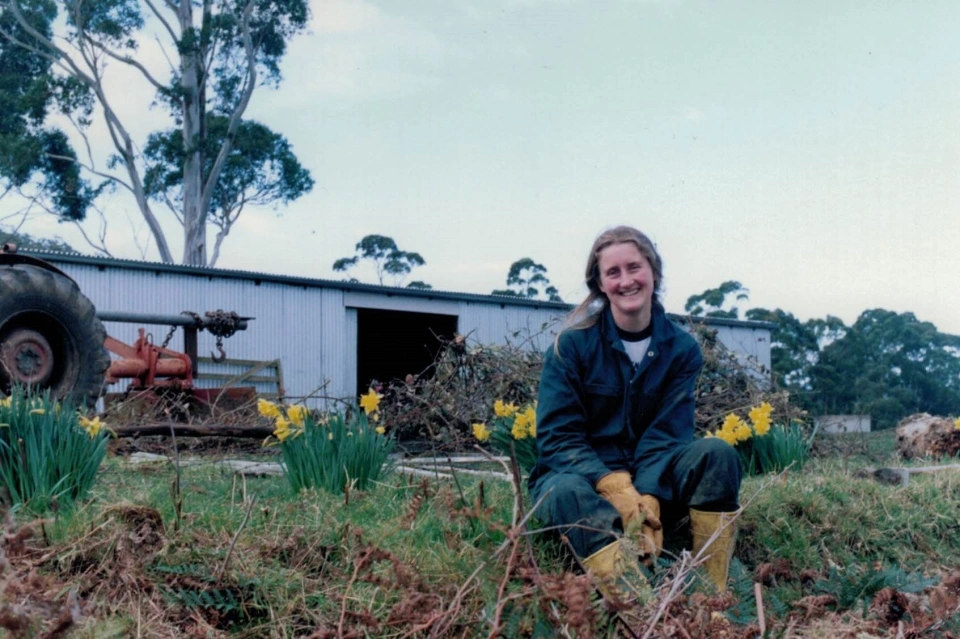
Nature’s in my blood
"I can't remember a time where I wasn't interested in nature, plants and animals", says naturalist and owner of Inala Nature Tours, Dr. Tonia Cohcran....
Read more
